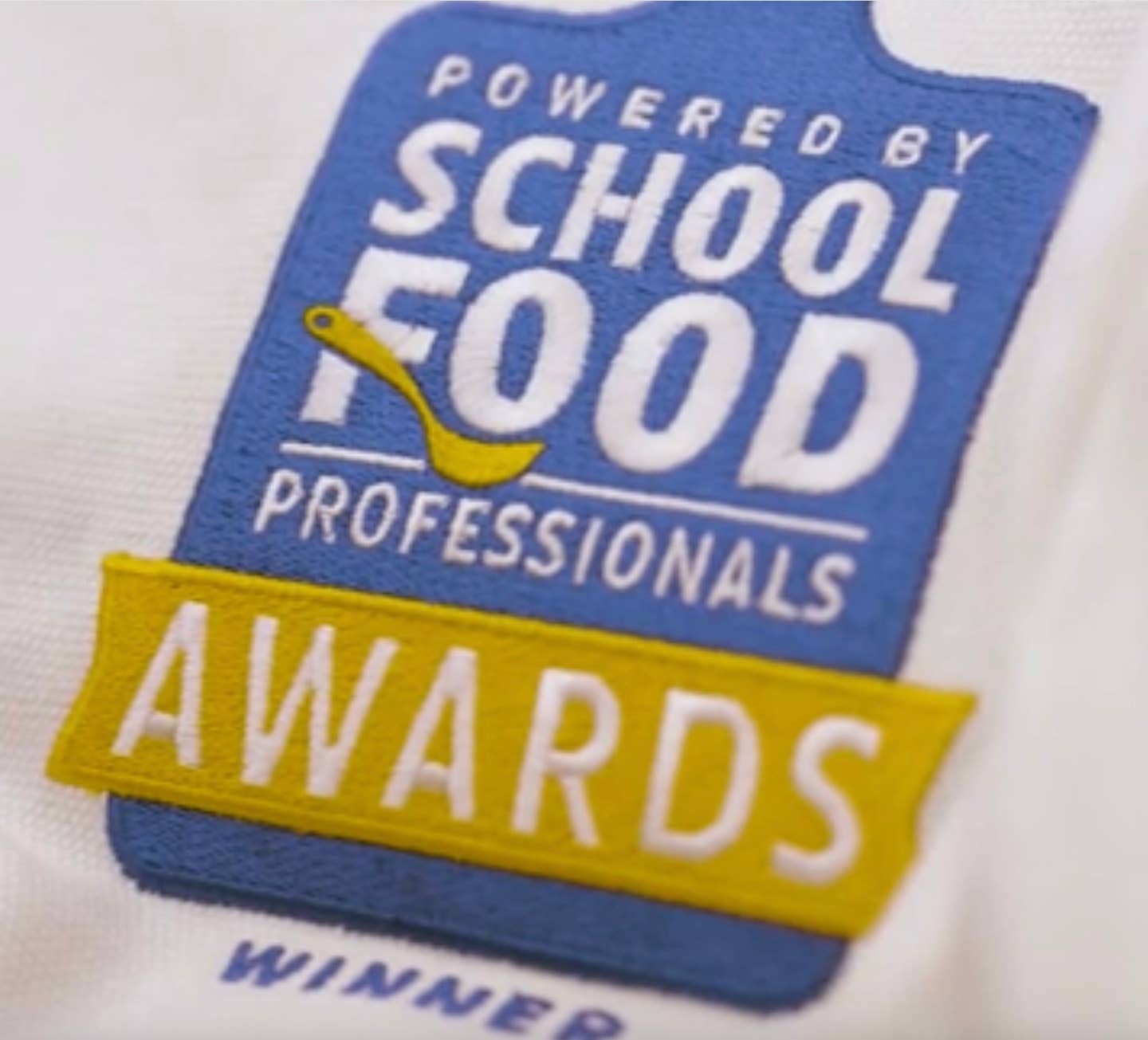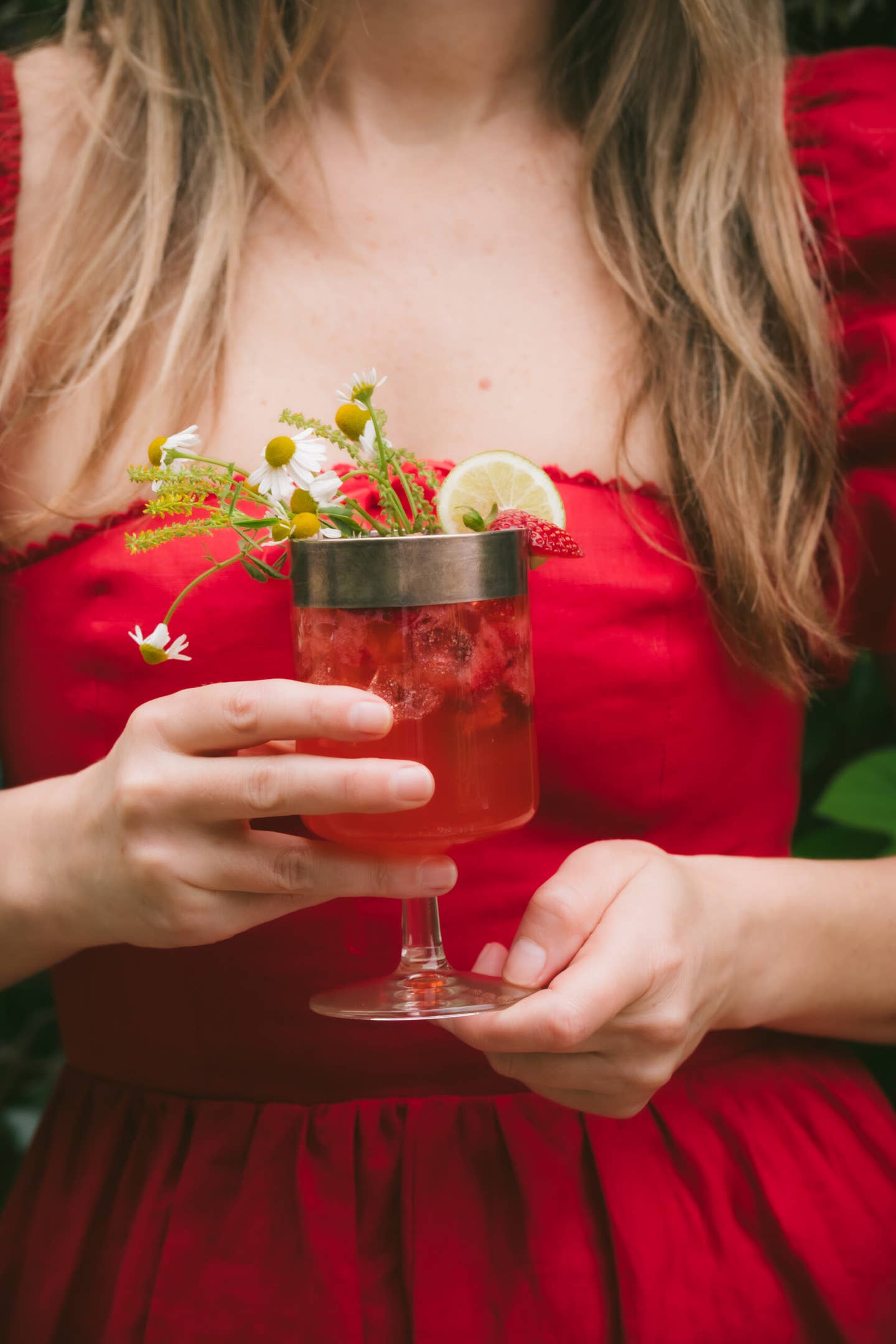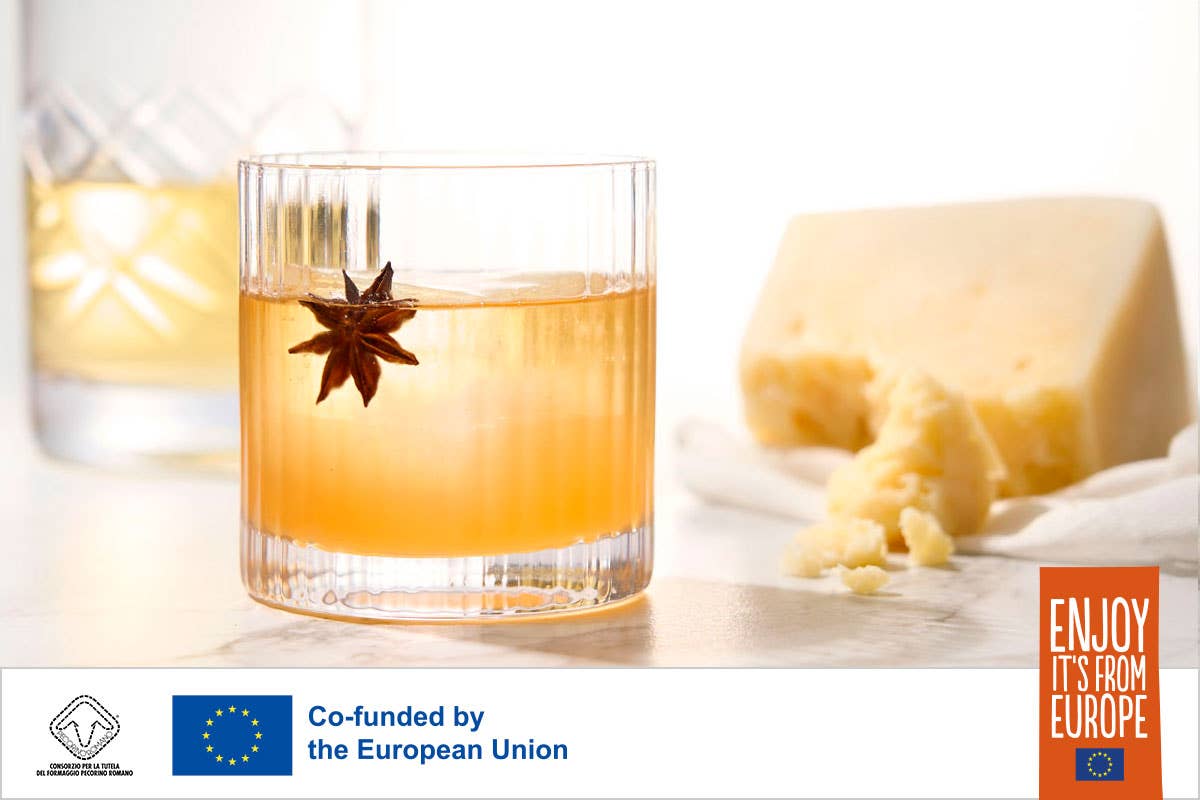Old School, New School: The New Face of Jewish Delis
In Jewish American history, there are two main houses of worship: the synagogue and the delicatessen. Both establishments are community spaces where people gather to exchange ideas, find inspiration, and kibitz about how to cook the perfect brisket. Times have changed though, and the new delis that have replaced many of the old ones contain a matzoh ball soup of contradictions.
In Jewish American history, there are two main houses of worship: the synagogue and the delicatessen. Both establishments are community spaces where people gather to exchange ideas, find inspiration, and kibitz about how to cook the perfect brisket. Times have changed though, and the new delis that have replaced many of the old ones contain a matzoh ball soup of contradictions.
Let’s start with the old. The Jewish deli has been immortalized in many a pop culture reference and, most recently, in an aptly named exhibit at the Skirball Center. “I’ll Have What She’s Having: The Jewish Deli” investigates the history of immigration and food through rare footage of early street peddlers fighting for space on the cobblestone streets of New York and display cases full of menus, matchbooks, and other memorabilia from fabled delis across the country, from Carnegie’s to Canter’s. There’s a lot to learn.
According to the Skirball exhibit, before delis became the social, political, and cultural epicenters, they were spaces where Jewish immigrants could eat the beloved Central and Eastern European dishes they craved from home. In the late nineteenth and early twentieth centuries, an influx of primarily German Ashkenazi Jewish immigrants came to the East Coast and the Midwest seeking opportunities for growth and success. As many of these immigrants settled into their new American life, savvy self-starters began selling the taste of nostalgia on the streets of New York; peddling pickles, herring, knishes, and more tasty but not widely available goods to working-class European customers. These pushcart businesses eventually grew into brickand-mortar kosher appetizing stores which often transformed into restaurants or “delicatessens” — a German word which loosely translates to “a place to find delicious things to eat.” By 1930, there were a mindblowing 5,000 delicatessens in New York City — compare that to the 241 Starbucks locations that currently exist in NYC.
Soon most Jewish delicatessens shed their kosher coatings and became as ubiquitously American as apple pie. Aside from serving bagels, babka, and latkes, Jewish delis began expanding their menus to include non-kosher meat and dairy items like pastrami Reubens topped with Swiss cheese and even cheeseburgers. Of course, there was also the famously popular addition of densely decadent New York-style cheesecake on a crumbly, barely-there graham cracker crust.
The clientele diversified as much as the menu. In LA, blue collar workers and immigrant families were dining alongside big shot Hollywood producers and celebrities like Marilyn Monroe (who enjoyed the now-closed Greenblatt’s hot pastrami with their signature mustardbrushed rye bread). The deli was officially a mainstream social gathering space where members of the Jewish community could get their chicken liver on toast with a side of local gossip and gentiles could enjoy some of the best sandwiches in the city.
While the bright neon signage and realistic replicas of corned beef and kugel at the Skirball’s exhibit will most likely inspire a spontaneous trip to your closest deli (it did for me), it’s hard to ignore the reality that many of the storied leather booth, cream-soda-slinging restaurants showcased in the gallery are no longer with us. Even more sobering is the idea that the way we used to gather and socialize in these spaces is also now a long-lost relic.
Shockwaves swept Santa Monica when Zucky’s Deli suddenly closed in 1993 after 39 years in business. The reason? County health inspectors ordered the owners to make several expensive renovations that would have sunk Zucky’s owners in debt. Even though Zucky’s wasn’t great shakes for their food, it still hurts to see a community focal point fall at the hands of rising food costs and gentrification.
The Jonathan Gold-approved Billy’s in Glendale served its last pastrami sandwiches on June 4, 2015 after 67 years in the business. Then went Solley’s. And Jerry’s in Woodland Hills due to rising rent costs. The pandemic was the final blow that toppled some of the most storied and beloved Jewish delis in the country, most notably the 95-year-old Greenblatt’s in West Hollywood.
Though all is not lost. Canter’s celebrated its 90th birthday last year. Langer’s continues to hold the reigning title for the world’s best pastrami sandwich. Nate and Al’s was saved from its demise by the same restaurant group that purchased Pico’s favorite hole-in-the-wall burger joint, The Apple Pan.
While the laminate counters, mile-high pastrami sandwiches, and waitresses trained in the art of precariously balancing three bowls of matzo ball soup and four cream sodas are hallmarks of the quintessential deli image, a new crop of “modern delicatessens” are attempting to breathe new life into nostalgic Jewish cooking with menus that prioritize seasonal ingredients and sustainability.
Take Mort and Betty’s, for example. Chef Megan Tucker creates her signature “vegan deli” provisions out of a 95-year-old incubator-style commercial kitchen in the Arts District. Her carrot lox and corned beet Reuben tacos are eclectic takes on quintessential flavors that also pay homage to LA’s diverse food landscape.
Trisha Langer of the legendary Langer’s Delicatessen dynasty decided to open up her own sandwich shop in West Hollywood, importing some of the deli’s greatest hits as well as slightly more contemporary noshes like farmer’s cheese stuffed blintzes and glutenfree bagels.
Back in 2017, Freedman’s took a chef-driven crack at bringing classic Jewish comfort foods to the modern age. Torontonian Jonah Freedman and acclaimed chef Liz Johnson (who put New York’s Mimi on the map) teamed up to open an unassuming strip mall joint that served bubbe-approved tableside brisket and matzo ball soup out of vintage Pyrex containers. It was an instant hit with the Silver Lake crowd and many a food critic, though the restaurant didn’t make it through the pandemic.
On a brighter note, famed San Francisco deli chain Wise Sons opened up in Culver City last year only a few months after the great NYC vs LA bagel debate, bringing their house-baked chewy bagels and kimchi Reubens along with them.
On any given Thursday, a snake of hungry patrons wraps around the block outside of Courage Bagels, one of the shops that convinced New York Times food critic Tejal Rao that the West Coast is now the reigning capital of great bagels. Culinary couple Arielle Skye and Chris Moss’s fermented Montreal/California-inspired bagels play out like a perfectly baked French baguette. The crispy, browned-to-thepoint-of-almost-charred exterior of their everything bagel adds a smoky crunch to each bite of their “Run it Through the Garden” sandwich piled with cucumbers, capers, a fat tomato slice, and sprigs of fresh dill.
Skye and Moss started Courage as a passion project back in 2016, but soon found themselves unearthing parts of their shared Jewish heritage in the process of developing their signature bagel recipe. “When we first started making bagels together, we were so fascinated by what is realistically in our blood,” Moss said. “It’s like we’re relearning something: what was lost, what’s new.”
Unlike Moss, who spent most of his life immersed in New York’s deli scene, Michigan-native Skye did not grow up knowing about her family’s Jewish ancestry or eating Jewish cuisine. In fact, she didn’t think much about bagels until she came across a blogger’s recipe for the Montreal-style variety — then she was hooked.
After spending months poring over countless recipes, articles, and books dedicated to the art of bagel-making, she eventually developed her first recipe inspired by Montreal’s distinctive thinner, sweeter tasting bagel.
“I started selling bagels off of my bike,” Skye said. “Which is illegal, so it felt very similar to what I was reading about Eastern Europeans selling bagels on the street. I felt like this lost artist who didn’t have any money or know what I was going to do with life and just needed to survive.”
Moss’ culinary journey began long before Courage. His stints across various kitchens in Los Angeles along with the lucky opportunity to connect with Nancy Silverton in her La Brea Bakery days led Moss to some early experiments with wild fermentation.
“It’s a little bit more work than using a yeast that’s prepared, but the flavors can be really wonderful,” Moss said. “We thought this is how bagels would have been made long ago, so we’re going beyond what people are doing in the modern world, and we’re looking to the origins of this delicious food.”
After reading extensively about Montreal’s wood-fired bagels, Moss and Skye decided that they needed to make all their bagels by hand and produce them continuously throughout the day so customers could enjoy peak freshness until closing time.
Sitting outside of the packed Virgil Village shop, after devouring every last crumb of the bagel I waited over half an hour to receive, I couldn’t help but think about the plucky Eastern European Jews wheeling around their pushcarts full of pickled meats and bagels around the streets of New York. They hustled and scraped by to bring their culinary traditions from home to fellow immigrants who missed the flavors and tastes of their roots. They became successful storefront business owners who forged community through food — much like Skye and Mos“We’re listening to the unspoken voices of Russ & Daughters, Canters, [and] all those existing places that have managed to survive throughout time with simple integrity,” Moss said. “I think that is the secret sauce, if there is one, of Courage Bagels: we try to deliver the same experience of food prepared with care by family to everyone — I think that’s really a hallmark of deli food.”
Cover Featured Photo is of Guns N’ Roses at Canter’s Deli, Los Angeles, CA, c.1980s. Photo by Jack Lue.
All Photographs reprinted courtesy of Skirball Cultural Center “I’ll Have What She’s Having” exhibit.





